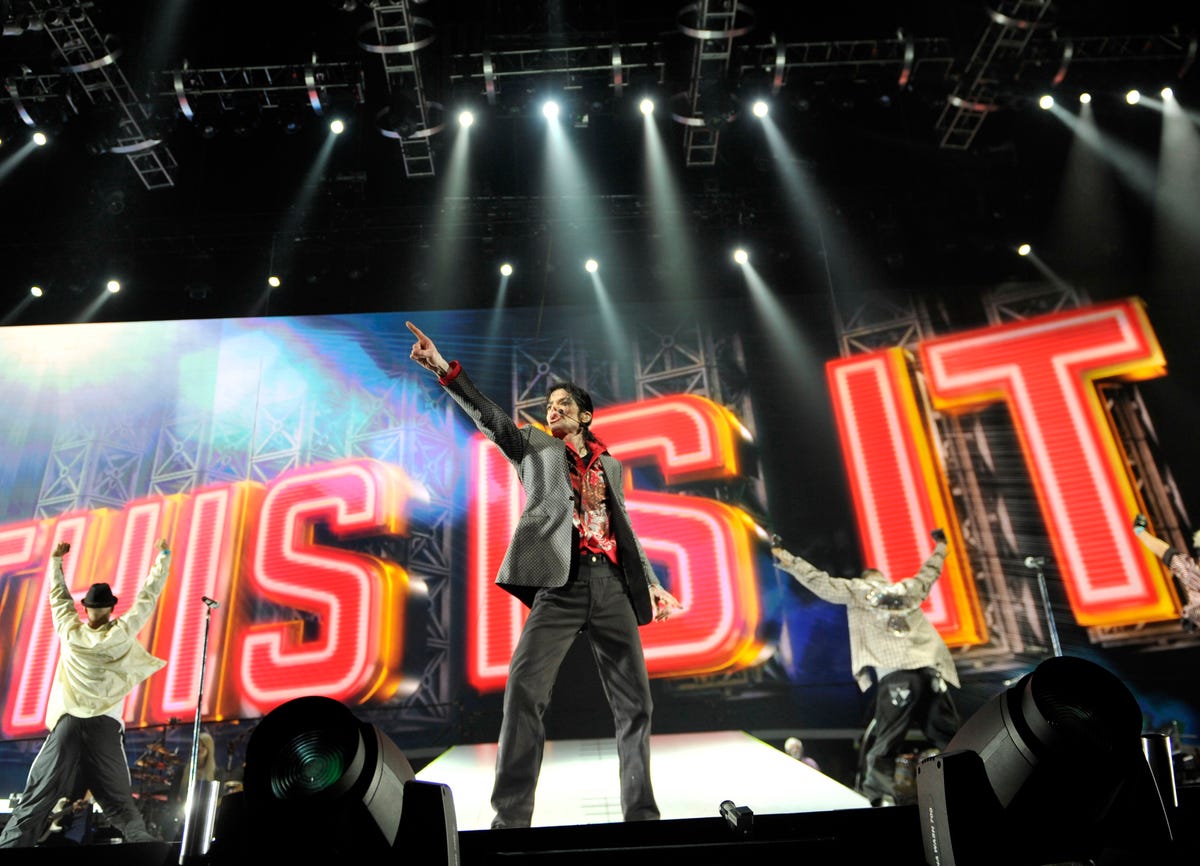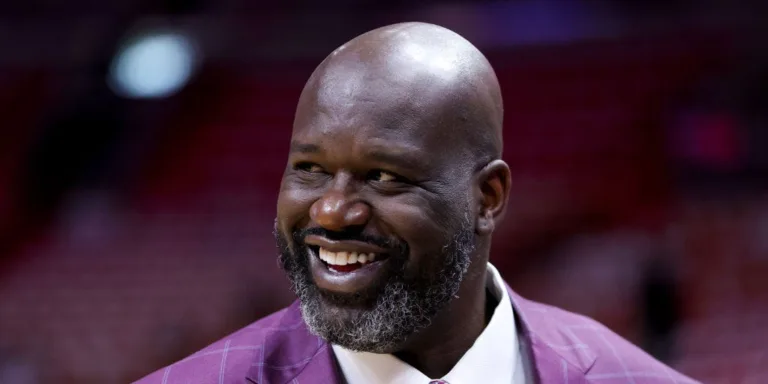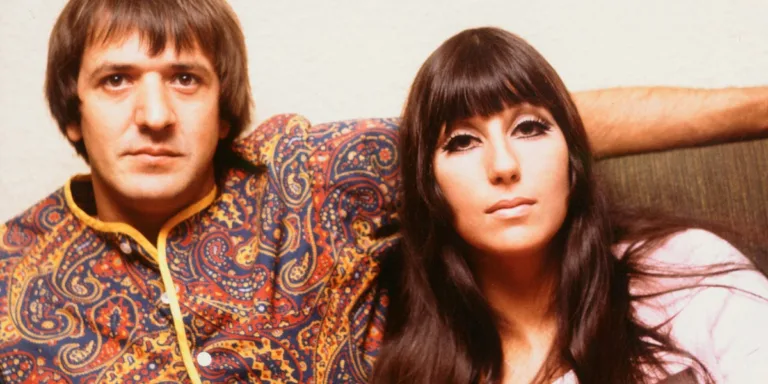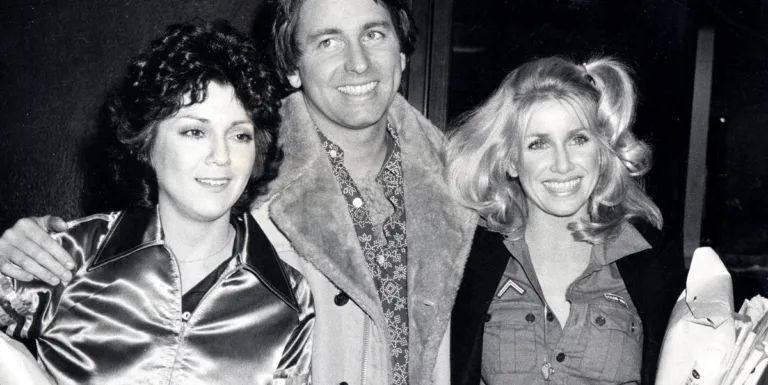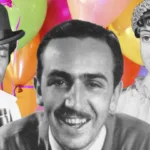Michael Jackson was a global icon, captivating audiences worldwide with his electrifying performances and groundbreaking music. His influence on pop culture is undeniable, leaving an indelible mark on generations of artists and fans alike. However, behind the dazzling stage persona, Jackson battled personal demons and faced Increasing Scrutiny Throughout His Life.
By 2009, he was planning a comeback tour titled “This Is It,” hoping to reignite his career and connect with his devoted fanbase once more. The world eagerly awaited this return To Form, but tragedy struck during the last days of Michael Jackson, casting a dark shadow over his legacy. The story of these final rehearsals and the events that led to his untimely death is a complex and heartbreaking one.
We’ll delve into the details surrounding Jackson’s preparations for “This Is It,” exploring his physical and mental state as he pushed himself through intense rehearsals. We’ll also examine the role played by Dr. Conrad Murray, His Personal Physician, and the controversial use of propofol that ultimately led to Jackson’s passing on June 25, 2009, From Acute Propofol Intoxication.
The This Is It Tour: A Comeback Attempt
The “This Is It” tour was meant to be Michael Jackson’s grand return to the stage after years of personal struggles and a hiatus from performing. Fans around the world were ecstatic at the prospect of seeing their idol back in his element, delivering the iconic dance moves and powerful vocals that had made him a legend. Jackson himself seemed determined to prove His Doubters Wrong, pouring his heart and soul into rehearsals for what promised to be an unforgettable spectacle.
The tour was meticulously planned, with elaborate stage designs, cutting-Edge Technology, and a setlist filled with Jackson’s Greatest Hits. He poured all his energy into Perfecting Every Detail, knowing that this comeback was crucial for both his career and his Personal Redemption. Jackson’s commitment to the project was evident in the intense rehearsals, where he pushed himself physically and mentally to deliver a performance that Would Exceed Expectations.
 Michael Jackson Biography: The King of Pops Life Story
Michael Jackson Biography: The King of Pops Life StoryHowever, behind the scenes, Jackson’S Behavior Grew Increasingly Erratic. He exhibited signs of paranoia and anxiety, struggling to cope with the immense pressure surrounding the tour. The last days of Michael Jackson were marked by both excitement for the comeback and growing concern over his well-being. Little did anyone know that this grand attempt at a return would tragically end in disaster.
Jackson’s Final Rehearsals And Troubled Behavior
The rehearsal space at The Staples Center in Los Angeles became Jackson’s world in the weeks leading up to the “This Is It” tour. He dedicated himself to perfecting every dance move and vocal nuance, driven by a desire to deliver an unforgettable performance for his fans. However, amidst the intense preparations, a disturbing pattern began to emerge.
Jackson’S Behavior Grew Increasingly Erratic. He appeared agitated and paranoid, often lashing out at those around him. Sleep deprivation took its toll, leaving him physically drained and mentally exhausted. Witnesses described seeing Jackson struggling to Concentrate During Rehearsals, his movements becoming less fluid and His Energy Waning. This was a far cry from the charismatic performer who had once captivated audiences with his boundless energy and unwavering focus. The final days of Michael Jackson were marked by a growing sense of unease as those close to Him Witnessed His Unraveling.
Despite the mounting concerns, Jackson pushed himself relentlessly through the rehearsals, fueled by a desperate need to prove himself and reclaim his place in the spotlight. His determination was admirable, but it also masked a deeper struggle that ultimately proved insurmountable.
Propofol and the Fatal Dose
As Jackson’s Rehearsals Intensified, his reliance on sleep aids grew Increasingly Problematic. Dr. Conrad Murray, His Personal Physician, administered propofol to help him get the rest he desperately needed. Propofol is a powerful anesthetic typically used in hospital settings for surgical procedures. Its use outside of a controlled medical environment is highly dangerous and Carries Significant Risks.
Murray claimed he was trying to alleviate Jackson’s insomnia and ensure he had enough energy for rehearsals, but his actions ultimately proved fatal. On June 25, 2009, while Michael Jackson last day alive, Murray administered a lethal dose of propofol. Jackson never woke up. The official cause of death was Acute Propofol Intoxication, highlighting the devastating consequences of this Dangerous Drug When Misused.
The tragedy sparked a public outcry and ignited a legal battle that lasted for years. Murray was convicted of voluntary manslaughter for Jackson’s death, while Aeg Live, the concert promoter, was found not guilty in a wrongful death suit brought by Jackson’s family. This case serves as a stark reminder of the dangers of drug abuse and the importance of responsible Medical Practices.
The Aftermath: Legal Proceedings and Public Response
The death of Michael Jackson sent shockwaves around the world, plunging his fans and the global Entertainment Industry Into Mourning. The King of Pop was gone, leaving behind a legacy of music and dance that would forever inspire Generations To Come. However, amidst the grief, questions arose about the circumstances surrounding His Untimely Demise.
Legal proceedings ensued, focusing on the role played by Dr. Conrad Murray and Aeg Live, the concert promoter. Murray faced charges of involuntary manslaughter, ultimately being convicted for administering a fatal dose of propofol to Jackson. The trial captivated public attention, with intense scrutiny given to Murray’s actions and the pressures placed upon Jackson during his final days. Meanwhile, Jackson’s family filed a wrongful death lawsuit against Aeg Live, alleging negligence in hiring and supervising Murray. The case went to court, but ultimately, Aeg Live was found not guilty.
The public response to Jackson’s death was overwhelming. Millions mourned the loss of their idol, Paying Tribute Through Memorials, Candlelight Vigils, and social media tributes. His music continued to be played around the world, reminding everyone of his enduring impact on popular culture. The final days of Michael Jackson became a source of both sorrow and reflection, Prompting Discussions About Fame, addiction, and the pressures faced by celebrities in the public eye.
Legacy and Lasting Impact
Despite the tragic circumstances surrounding his death, Michael Jackson’s Legacy Continues To Shine Brightly. His music remains timeless, transcending generations and cultural boundaries. From the infectious energy of “Billie Jean” to the poignant message of “Man In The Mirror,” Jackson’s songs continue to inspire and uplift people around the world.
His innovative dance moves, Groundbreaking Music Videos, and unparalleled stage presence redefined popular entertainment. He broke racial barriers, Brought Joy To Millions, and left an indelible mark on the history of music. Though his Last Days were shrouded in tragedy, Jackson’s artistry and impact endure. His influence can be seen in countless artists who followed in his footsteps, inspired by his talent, vision, and unwavering dedication to his craft.
Michael Jackson’s story is a complex one, filled with both triumph and heartbreak. Yet, his music and legacy continue to Resonate Deeply, reminding us of the power of art to transcend time and touch lives on a profound level. His memory serves as a testament to the enduring human spirit, capable of creating beauty even in the face of adversity.

